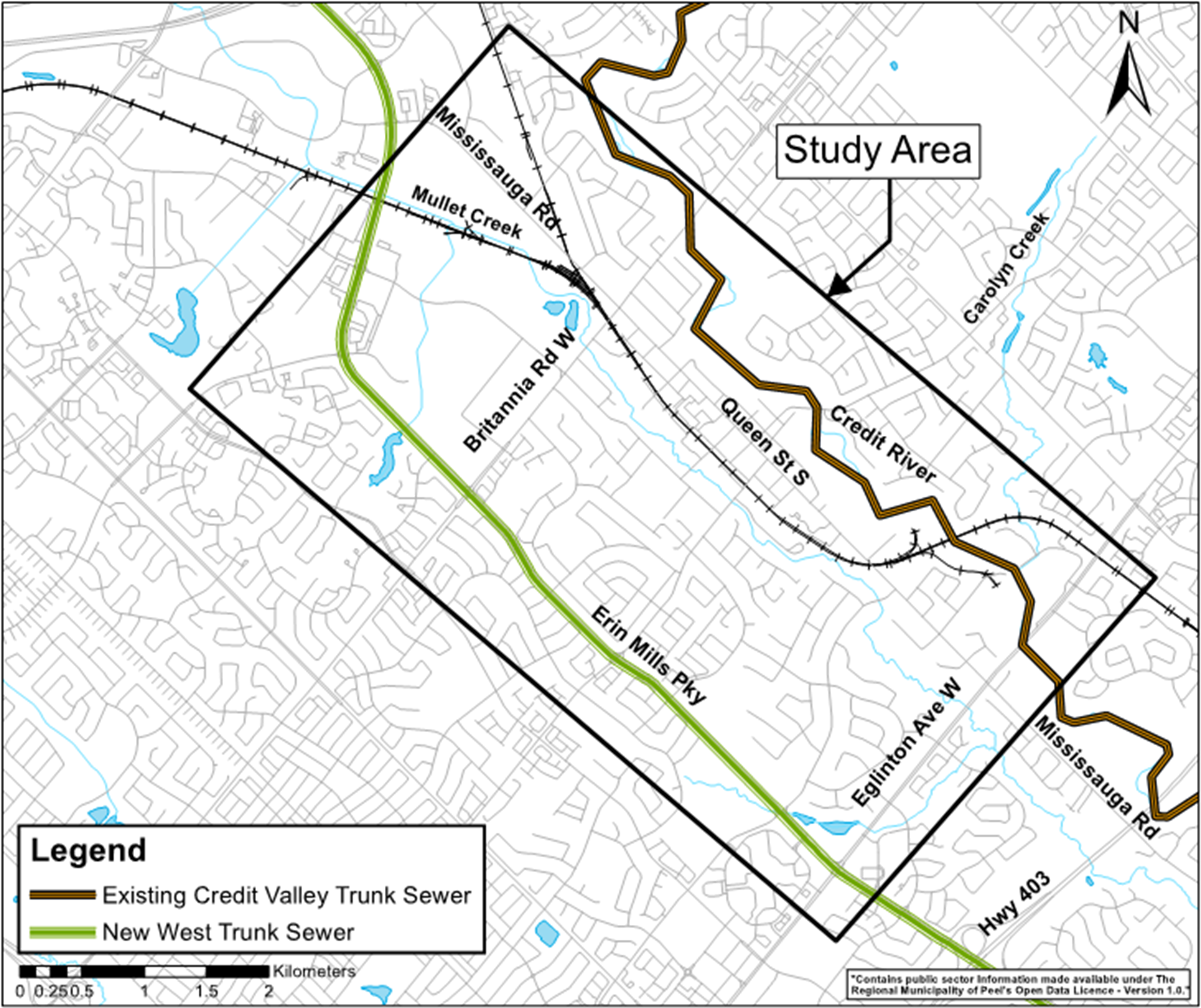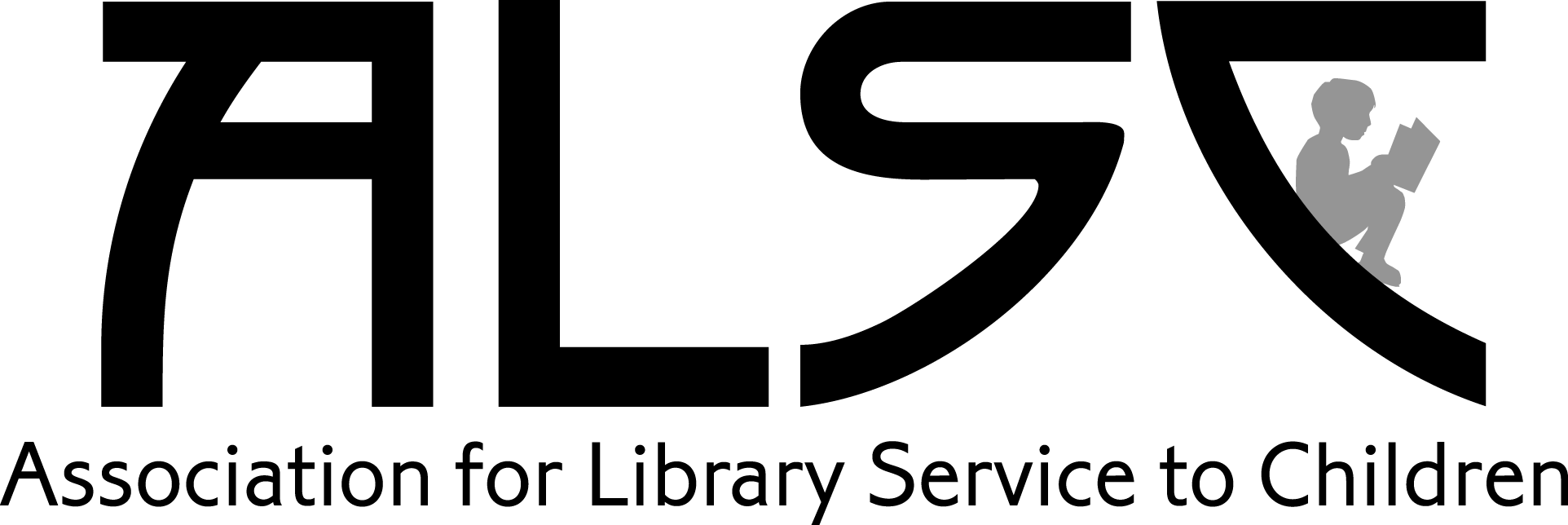EVOLUTION THE PROGRESSIVE CHANGE IN THE CHARACTERISTICS OF
1 PERSPECTIVES IN DYNAMIC OPTIMIZATION EVOLUTIONARY ALGORITHM BU ZHIQIONG1 TITLE THE EVOLUTION OF HOME ENTERAL NUTRITION (HEN)
11 EVOLUTIONARY USE OF DOMAIN RECOMBINATION A DISTINCTION BETWEEN
11 GENE REGULATORY NETWORKS AND THE EVOLUTION OF ANIMAL
25 THE EVOLUTION OF COMMUNITY ECONOMIC DEVELOPMENT ORGANIZATIONS IN
26 EVOLUTIONARY CONNECTIONISM AND MINDBRAIN MODULARITY RAFFAELE CALABRETTA
Evolution - the progressive change in the characteristics of organisms over time
Evolution - the progressive change in the characteristics of organisms over time.
Current evolutionary theory rests upon the theory of natural selection theory proposed by Darwin.
Natural Selection - those individuals that possess superior physical, behavioral, or other characteristics are more likely to survive than those that are not so well endowed.
These physical, behavioral, or other characteristics are determined by genome of the individual. Darwin recognized the heritability of these traits, but not the mechanisms of heritability.
Those which are most fit to survive to reproduction age will pass their genes on to future generations. Those which are not fit do not survive & therefore do not pass their genome on to future generations. This results in a refinement of characteristics to “fit” the environmental stresses upon an organism.
Environmental stresses may change over time, but so might the genome of a population.
Environmental
climate
topography
disease
predator/prey relationships
Genetic
mutation
changes in expression(mutation or inbreeding)
migrant infusion (hybridization)
The key to the ability to survive a change in the environment is the presence of the genes necessary for survival before or as the change occurs, not after. Organisms are not able to consciously alter their genome.
Given enough time, response of a population to changes in it’s genome leads to speciation, or the development of a new species from past & related populations.
Species - a group of organisms that look alike and are capable of producing fertile offspring in a natural environment.
If time enables the development of new species from existing populations, then it stands to reason that all present species must share a common ancestor.
Evolutionary evidence - organisms have changed over time, developing or altering characteristics in that time, therefore increasing in complexity.
Fossils
dating techniques
stratification
isotopes
nuclear resonance
Relatedness of organisms (extinct & extant)
homologous structures
vestigial structures
analogous structures
biochemistry
metabolic & structural compounds
genome similarity
molecular clock (mutation)
Embryonic development
ontogeny through phylogeny
Evolution of populations
Microevolution
changes within individuals or species
Macroevolution
Speciation
Five Tenets of Evolutionary Theory
Ernst Mayer
Evolution: Organisms change through time.
Descent with Modification: Evolution spreads through the branching of common descent. Sexual reproduction guarantees offspring are unique from parents & siblings.
Gradualism: Change is slow, but given enough time, small changes accumulate forming new species.
Multiplication: Evolution not only produces new species, it produces an increasing number of new species.
Natural Selection: Evolutionary change is not random; it follows a selective process operating under 5 rules:
Populations increase indefinitely in a geometric ratio: 2, 4, 8, 16, 32, 64, 128, 256…
In a natural environment population numbers must stabilize due to limiting factors.
There must be a “struggle for existence” as members of a population compete for resources.
There is variation in every species.
Those individuals with variations best adapted for survival leave behind more offspring than those less well adapted – this is differential reproductive success.
26 REVOLUTION OR EVOLUTION? THE ARMENIAN BOOK FROM MANUSCRIPT
26 UNDER REVIEW FOR EVOLUTIONARY THINKING IN MEDICINE FROM
28971 THE EVOLUTION OF DEVELOPMENT THINKING THEORY AND POLICY
Tags: change in, evolutionary change, change, progressive, evolution, characteristics
- 32 LAÍN PEDRO LAÍN ENTRALGO EL MÉDICO Y EL
- VI TORNEO DE PADEL OTIS OVIEDO CLUB DE PÁDEL
- HOTELES VALLADOLID RESERVA DE ALOJAMIENTO PARA UXSPAIN 2013 10
- MY WEBSITE WILL BE AN ECOMMERCE WEBSITE I WILL
- FOND ISPITNIH PITANJA PO PROGRAMU STRUČNE OBUKE ZA MONTAŽU
- KADA SE NAD VLASNIKOM RAČUNA SA SJEDIŠTEM U FBIH
- FAMILY LEAVE – CARER POLICY ISSUED BY THE HUMAN
- TYPES AND CHARACTERISTICS OF TRADITIONAL LITERATURE FOLKTALES
- POPRC72 POPRC72 NAFTALENOS CLORADOS EL COMITÉ DE EXAMEN DE
- § 31 ZÁKAZ NĚKTERÝCH PRACÍ JE ZAKÁZÁNO ŠKOLIT A
- UMOWA NAJMU LOKALU UŻYTKOWEGO ZAWARTA W DNIU ……………………… R
- BROJ 720GODINE L IST IZLAZI PREMA POTREBI LIST JE
- APÉNDICE 1 SÍNTESIS DE GEOFÍSICA PROYECTO “CONVENIO CIE PARA
- SKUPINA DRŽAVNIH SVETNIKOV LJUBLJANA 25052009 G MAG BLAŽ KAVČIČ
- TOWN OF CONCRETE BUILDING DEPARTMENT (360) 8538401 PERMITS REQUIRED
- 2º BACHILLERATO – BLOQUE II – GEOMETRÍA (EXAMEN CON
- EIGHT PARTS OF SPEECH THE EIGHT PARTS OF SPEECH
- UNIVERSIDAD DE BURGOS CURSOS INTERNACIONALES DATOS DE FAMILIAS DE
- INVENTARIO DE INTERESES DE KARL HEREFORD ANTECEDENTES EN SU
- MAINE STATE FERRY SERVICE TARIFF NO 8 NAMING PASSENGER
- COBBLESTONE LANDING NOBODY IN THE USA HAS AN AUTHENTIC
- CONVOCATORIA POR MEDIO DEL PRESENTE SE LE CONVOCA A
- BLOQUE II LA MUSICA RELIGIOSA Y PROFANA EN
- STUDIJŲ KOKYBĖS VERTINIMO CENTRAS LIETUVOS SPORTO UNIVERSITETO VEIKLOS VERTINIMO
- MASTER PROJECT NO XXXXX UNIVERSITY OF CALIFORNIA SAN FRANCISCO
- HOTEL SUGERIDO RECOMENDAMOS QUE LOS PARTICIPANTES SE HOSPEDEN EN
- PAUTA PROBABILIDAD DE UN EVENTO CON RULETA M ARCELO
- EARTH SCIENCE NAME CHAPTER 1 PERIOD WORKSHEET DATE
- HOTELS NEAREST TO HELCOM ON THE ISLAND KATAJANNOKA SKATUDDEN
- Schedule to Notification Dated (date of Letter) Pursuant to
 TIPOS DE CAPACITORES Y SUS CARACTERÍSTICAS INTRODUCCIÓN
TIPOS DE CAPACITORES Y SUS CARACTERÍSTICAS INTRODUCCIÓN  NOTICE OF VIRTUAL PUBLIC INFORMATION EVENT WEST TRUNK SANITARY
NOTICE OF VIRTUAL PUBLIC INFORMATION EVENT WEST TRUNK SANITARY BASE CONTRACT FOR SALE AND PURCHASE OF NATURAL GAS
BASE CONTRACT FOR SALE AND PURCHASE OF NATURAL GAS JĘZYK PROGRAMOWANIA PASCAL (WERSJA PODSTAWOWA STANDARD) LITERATURA
JĘZYK PROGRAMOWANIA PASCAL (WERSJA PODSTAWOWA STANDARD) LITERATURA CERTIFICATE OF FORMATION OF DESTINATION BRYAN A NONPROFIT CORPORATION
 VIII DOLNOŚLĄSKI KONKURS DRUŻYNOWY Z CHEMII 25 WRZEŚNIA
VIII DOLNOŚLĄSKI KONKURS DRUŻYNOWY Z CHEMII 25 WRZEŚNIAREPUBLIKA SRBIJA OBRAZAC ZVIO AGENCIJA ZA RESTITUCIJU BROJ DATUM
MIT DOPPELKLICK KÖNNEN SIE HIER IHRE BETRIEBSANGABEN BZW KOPFBOGEN
1 INFORMATIONS RELATIVES À LA DEMANDE OBJET DE LA
 JUHTA JULKISEN HALLINNON TIETOHALLINNON NEUVOTTELUKUNTA JHS 197 EUREFFIN
JUHTA JULKISEN HALLINNON TIETOHALLINNON NEUVOTTELUKUNTA JHS 197 EUREFFIN SAM ATMCNS MULTINE33 040909 ORGANIZACIÓN DE AVIACIÓN CIVIL INTERNACIONAL
SAM ATMCNS MULTINE33 040909 ORGANIZACIÓN DE AVIACIÓN CIVIL INTERNACIONAL I DENTIFY CHRONIC DISEASE PARTNERS WORK SHEET PART 1
I DENTIFY CHRONIC DISEASE PARTNERS WORK SHEET PART 1 DEPUTACIÓN PROVINCIAL DE LUGO ANEXO I DAS BASES
DEPUTACIÓN PROVINCIAL DE LUGO ANEXO I DAS BASES PŘÍKLADY STANOVENÍ ZÁKLADU DANĚ Z PŘÍJMŮ PRÁVNICKÝCH OSOB SVJ
PŘÍKLADY STANOVENÍ ZÁKLADU DANĚ Z PŘÍJMŮ PRÁVNICKÝCH OSOB SVJ S AVANNAH SAILING CENTER REGATTA FOR CHILDREN WITH AUTISM
S AVANNAH SAILING CENTER REGATTA FOR CHILDREN WITH AUTISM THE 2007 LOUISE SEAMAN BECHTEL FELLOWSHIP AWARD A DIVISION
THE 2007 LOUISE SEAMAN BECHTEL FELLOWSHIP AWARD A DIVISION M ATEMÁTICA – INICIAL – 5 AÑOS CÓDIGO CÓDIGO
M ATEMÁTICA – INICIAL – 5 AÑOS CÓDIGO CÓDIGO CONOCE TU ENTORNO 1 TÍTULO DEL PROYECTO Y BREVE
CONOCE TU ENTORNO 1 TÍTULO DEL PROYECTO Y BREVEBEAZLEY AFB SHORT RATE CANCELLATION TABLE ENDORSEMENT NOTWITHSTANDING ANYTHING
ESPECTACULOS CABARETES REGLAMENTO DE CABARETES DEL AYUNTAMIENTO DE GUADALAJARAPO